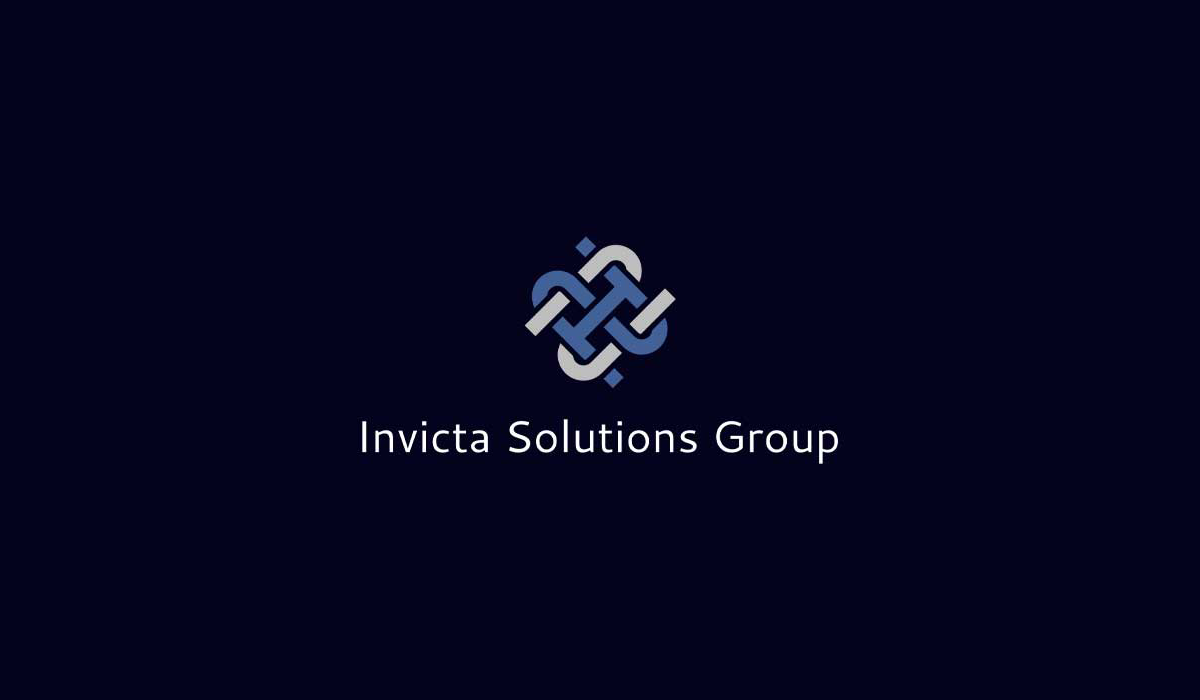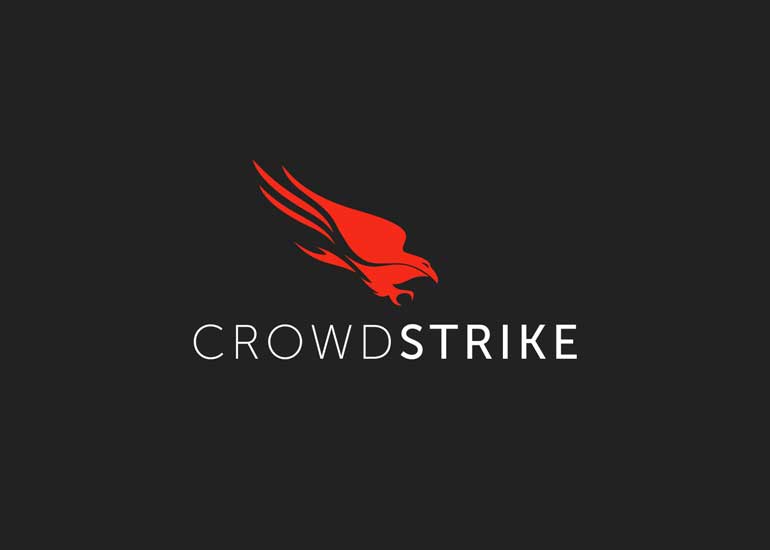By Adam Crenshaw, Cybersecurity Expert
In today’s business environment, cybersecurity is no longer a siloed IT concern, it is an essential component of corporate risk management and strategic resilience. As cyberattacks grow in volume, velocity, and sophistication, commercial organizations must adopt proactive methods to secure their digital assets. Information Security Monitoring (ISM) has emerged as a core pillar in this effort, giving businesses the real-time oversight necessary to detect threats, maintain compliance, and build long-term trust with customers and stakeholders. ISM refers to the continuous observation, analysis, and assessment of an organization’s information systems to identify anomalies and vulnerabilities. For commercial enterprises, this isn’t just a technical safeguard, it is a vital capability that directly impacts brand reputation, regulatory exposure, operational continuity, and competitive advantage.
Real-Time Monitoring: A Shift from Reactive to Proactive
In the past, cybersecurity efforts were largely focused on defensive postures—firewalls, antivirus software, and scheduled audits. But the speed of modern cyber threats demands more dynamic approaches. That’s where real-time and continuous monitoring steps in. According to Dempsey et al. (2011), continuous monitoring enables organizations to detect and respond to risks as they emerge, rather than waiting for periodic assessments. Their NIST publication outlines a framework that supports real-time visibility into assets, threat landscapes, and the effectiveness of deployed security controls. For businesses operating in fast-moving sectors—such as e-commerce, healthcare, and financial services—this capability can mean the difference between a quickly contained incident and a full-scale data breach. Moreover, by automating many aspects of monitoring, businesses can reduce reliance on manual processes that are prone to error and delay. This automation frees up cybersecurity teams to focus on high-value tasks like incident investigation and response planning.
Building Integrated, Scalable Monitoring Platforms
As companies expand their digital infrastructure complexity of their IT environments increases. With each new endpoint and software integration, the risk of blind spots grows. To address this, many commercial organizations are adopting centralized monitoring platforms that can consolidate inputs from multiple sources into a single operational dashboard. Klasa & Fray (2017) emphasize the need for load-balanced, integrated monitoring systems that prevent performance bottlenecks while enhancing the accuracy of security oversight. Their work underscores how critical it is for monitoring systems to scale alongside the business, ensuring that increased data flow does not overwhelm the system or delay detection. By using such integrated platforms, businesses can more easily correlate threats across systems and respond to potential breaches with agility. This is especially important for medium-to-large enterprises managing distributed networks and numerous access points.
Turning Data into Insight: The Power of Analytics and Visualization
A significant challenge in information security is not the lack of data, but the ability to interpret it meaningfully. With millions of logs generated daily, distinguishing a genuine threat from background noise is like finding a needle in a haystack. This is where advanced analytics and visual dashboards come into play.
Data mining-based monitoring system that uses pattern recognition and correlation analysis to detect anomalies. Their approach reduces the burden on human analysts and enables systems to self-learn from past incidents—identifying not just known threats, but also evolving attack vectors. Equally important is the user experience. By visualizing complex data in intuitive dashboards, businesses empower decision-makers outside of IT—like compliance officers, executives, and risk managers—to understand security postures and support faster, cross-functional responses. This democratization of security awareness elevates ISM from a technical function to a strategic business tool.
Employee Behavior and Security Culture
While technical controls are essential, they are only one piece of the puzzle. Human behavior is often the weakest link in security. Phishing, weak passwords, and unintentional policy violations can open the door to serious breaches. That’s why an effective ISM program must also monitor and influence employee behavior.
Ahmad et al. (2019) studied how monitoring impacts security assurance behavior in commercial environments. Their research found that when employees are aware of being monitored—and when that monitoring is clearly communicated and perceived as fair—they are more likely to adhere to secure practices. However, perceived inconvenience can lead to avoidance or resentment, especially if monitoring is seen as punitive. To build a sustainable security culture, organizations should integrate ISM with employee training, transparent communication, and incentives for secure behavior. Rather than relying solely on surveillance, companies should foster a sense of shared responsibility for protecting information assets.
Strategic Alignment: Risk-Based Monitoring and Compliance
Cybersecurity is now a board-level concern, and regulators are watching closely. For organizations bound by compliance frameworks such as GDPR, HIPAA, or PCI-DSS, ISM provides the evidentiary backbone needed to demonstrate due diligence and policy enforcement. Alsadhan & Park (2021) argue that information security monitoring must align with risk-based decision-making—prioritizing assets and threats based on business value and exposure. Their work reveals that many commercial enterprises still operate at low maturity levels in monitoring practices, often due to fragmented systems or lack of organizational buy-in. Elevating ISM to a strategic capability requires both executive support and cross-departmental collaboration.
Information Security Monitoring is not just a cybersecurity tactic—it is a strategic enabler of business resilience and competitive edge. By combining real-time monitoring, scalable infrastructure, intelligent analytics, behavioral insights, and risk alignment, commercial organizations can better navigate today’s complex threat landscape. Businesses that invest in ISM are not only defending their data; they are building trust, ensuring continuity, and positioning themselves as responsible stewards in the digital economy. Get your Information Security Monitoring game on point with Invicta - 👉 Get Started Here.
References
Ahmad, Z., Ong, T. S., Liew, T. H., & Norhashim, M. (2019). Security monitoring and information security assurance behaviour among employees. Information and Computer Security, 27(2), 165–188. https://doi.org/10.1108/ics-10-2017-0073
AlSadhan, T., & Park, J. S. (2021). Leveraging information security continuous monitoring to enhance cybersecurity. 2021 International Conference on Computational Science and Computational Intelligence (CSCI), 753–759. https://doi.org/10.1109/csci54926.2021.00189
Dempsey, K. L., Chawla, N. S., Johnson, L. A., Johnston, R., Jones, A. C., Orebaugh, A. D., Scholl, M. A., & Stine, K. M. (2011). Information Security Continuous Monitoring (ISCM) for federal information systems and organizations. https://doi.org/10.6028/nist.sp.800-137
Klasa, T., & Fray, I. E. (2017). Load-balanced Integrated Information Security Monitoring System. Annals of Computer Science and Information Systems, 13, 213–221. https://doi.org/10.15439/2017f463











